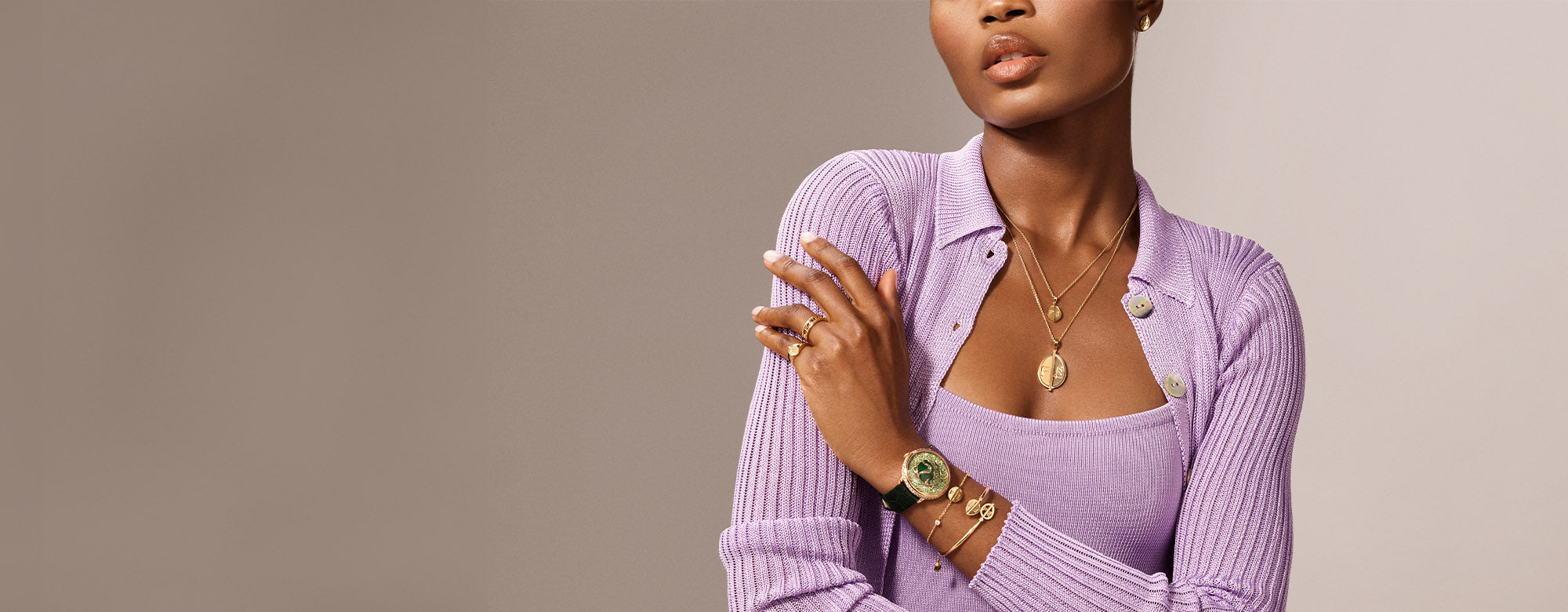
How Did Fabergé Eggs Become a Symbol of Easter?
Easter is a time of renewal, reflection, and celebration, marked by traditions that span cultures and continents. Among the symbols that represent this spring festival, the Fabergé egg stands out as an emblem of opulence and craftsmanship. Each egg is an intricate masterpiece, meticulously crafted with precious metals and gemstones, often holding hidden treasures inside. But how did these eggs, known for their exquisite beauty and extraordinary craftsmanship, come to symbolise Easter?
Legendary Imperial Eggs: The Origin Story
The origin of the Fabergé egg as a symbol of Easter can be traced back to the Russian Empire, where the tradition of exchanging decorated eggs during Easter dates to ancient times. In the 19th century, the tradition gained new prominence with the creation of the first Fabergé egg by the House of Fabergé, a renowned jewellery firm in Saint Petersburg. In 1885, Fabergé was appointed as the official jeweller to the Russian Imperial Court, a position that would shape the course of his career and establish his legacy as one of the most celebrated artisans of his time.
The first Imperial Easter egg was commissioned by Emperor Alexander III of Russia in 1885 as an Easter gift for his wife, Empress Maria Feodorovna. The egg was a stunning work of art, crafted from gold and enamel and adorned with precious stones. It opened to reveal a golden hen, which in turn contained a diamond crown and a tiny ruby egg. This inaugural creation marked the beginning of a tradition that would continue for more than three decades. As a symbol of wealth and power, the Fabergé egg became a highly sought-after status symbol among European royalty. While they were originally designed as gifts exchanged within the Russian Imperial Family, the eggs quickly gained international acclaim, with Fabergé becoming the purveyor of choice for affluent patrons across Europe.

The Hen Egg, 1885 (left) & The Coronation Egg, 1897 (right)
Images courtesy of the Forbes Collection
Imperial Egg Timeline: A Legacy of Opulence and Elegance
Over the years, Fabergé created a total of 50 Imperial Easter eggs for the Russian royal family. Each egg was a masterpiece of craftsmanship, featuring intricate designs and exquisite detailing. Some of the most famous examples include the Coronation Egg created in 1897, the Rosebud Egg created in 1895, and the Imperial Tsesarevich Egg created in 1912. The Fabergé eggs became an essential part of the Easter celebration for the Russian Imperial Family, symbolising the love and devotion of the Tsar to his wife and family. Each egg was a unique expression of the Easter message, with its intricate design and hidden treasures symbolising the hope and joy of the resurrection.
However, the fate of these precious objects was far from certain. Following the Russian Revolution of 1917, many of the Imperial eggs were confiscated and sold by the new Soviet government. In the ensuing years, they were scattered across the globe, with some ending up in private collections and others being acquired by museums. Today, the Fabergé eggs are highly sought-after collectors' items, with some selling for millions of dollars at auction.
Lost and Found: The Rediscovery of the Imperial Eggs known as a symbol of Easter
For decades, the whereabouts of many of the Imperial eggs remained a mystery. Some were thought to have been lost or destroyed, while others were believed to be hidden away in secret locations with only 43 known to survive and 7 still missing. However, in recent years, several of these legendary objects have resurfaced, much to the delight of historians and art enthusiasts alike.
One of the most remarkable discoveries came in 2014, when a scrap metal dealer stumbled upon an intricately decorated egg at a flea market. Unaware of its true value, he purchased it for a mere $14,000. It was only later that he learned of its true significance: the egg was the long-lost Third Imperial Easter Egg, created by Fabergé in 1887 for Empress Maria Feodorovna. In 2012, having left the object sitting neglected on his counter for years, the man decided to conduct a Google search for the word "egg" along with the name inscribed on the object, "Vacheron Constantin." His search led him to a newspaper article referencing the lost jewel. The egg had been missing for more than 90 years, and its rediscovery caused a sensation in the art world. It was eventually sold at auction for an astounding $33 million, making it one of the most valuable objects ever to be found at a flea market.
The New Face of Easter: The Fabergé Egg Today
Over the decades, the Fabergé egg has evolved from an indulgent display of wealth to a cherished symbol of Easter itself. While the original eggs created for the Russian Imperial Family remain highly coveted collector's items, a new tradition has emerged around the concept of the Fabergé egg with the Fabergé eggs continuing as a luxury piece of jewellery for any time of the year.
In contemporary times, Easter is often celebrated with the exchange of beautifully decorated eggs, which serve as a nod to the opulent origins of the Fabergé egg. Whether crafted from chocolate, porcelain, or other materials, these eggs have become a cherished part of Easter festivities, symbolising renewal and new beginnings. Although it is not common to gift Fabergé eggs for easter anymore, Fabergé jewellery can make a fabulous gift for your loved ones and show them how much you appreciate them.

Fabergé's Jewellery: Modern Interpretations of Tradition
While the Imperial eggs remain the most iconic creations of Fabergé, the legacy of the famed jeweller lives on in modern times. Today, the House of Fabergé continues to produce exquisite Fabergé jewellery and objets d'art that draw inspiration from the traditions of the past. One of the hallmarks of Fabergé's designs is the use of richly coloured enamel, which is often combined with precious metals and gemstones to create striking pieces that evoke the opulence of the Imperial era. Many of these modern creations pay homage to the original Imperial eggs, incorporating elements such as the egg shape and intricate detailing.
Discover our Fabergé jewellery online today or feel free to visit us in our Birmingham Jewellery Quarter showroom to view the collection in person where our friendly team will be able help you.
Final Thoughts
While the Fabergé eggs may no longer be a part of the Russian Imperial Easter celebrations, they continue to be a symbol of Easter and a testament to the artistry and craftsmanship of their creator, Peter Carl Fabergé. Each egg is a reminder of the joy and hope of the Easter season and a testament to the enduring legacy of the House of Fabergé.
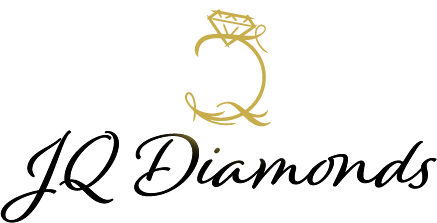

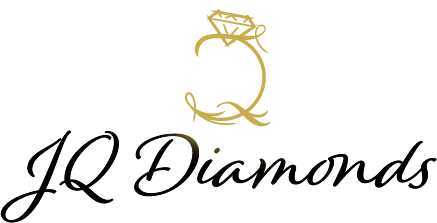
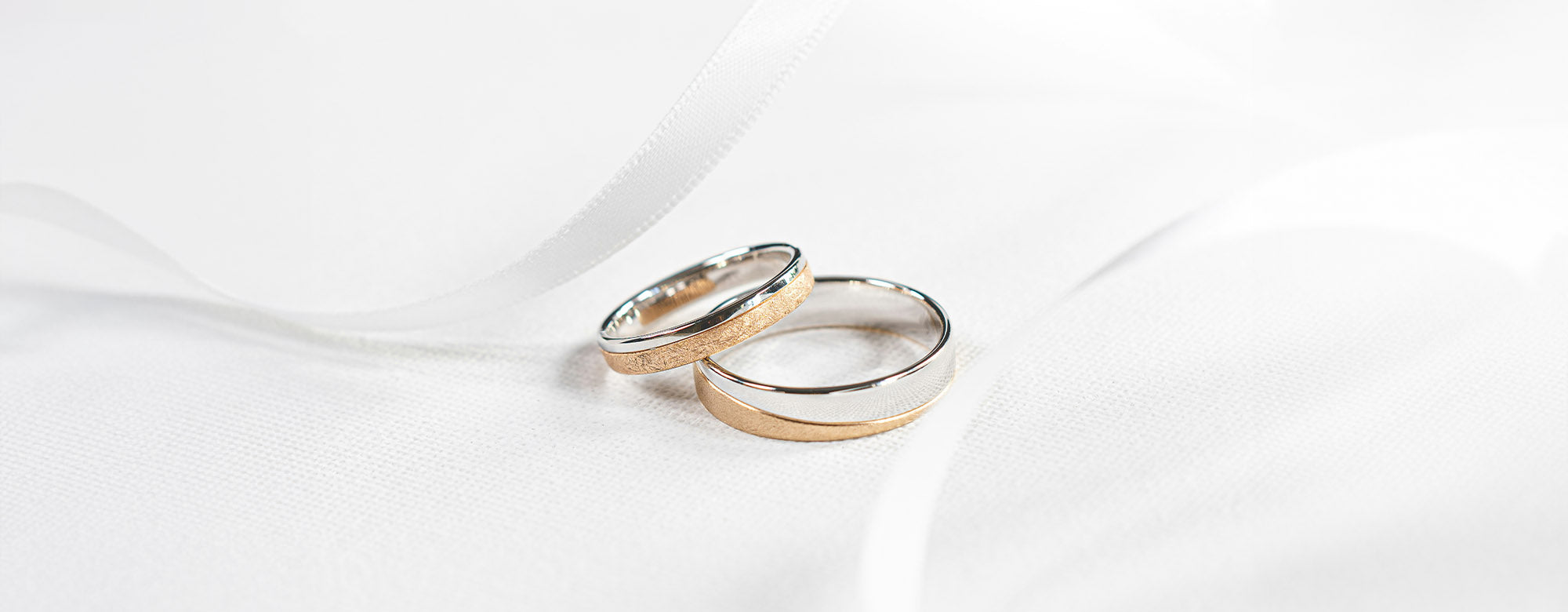
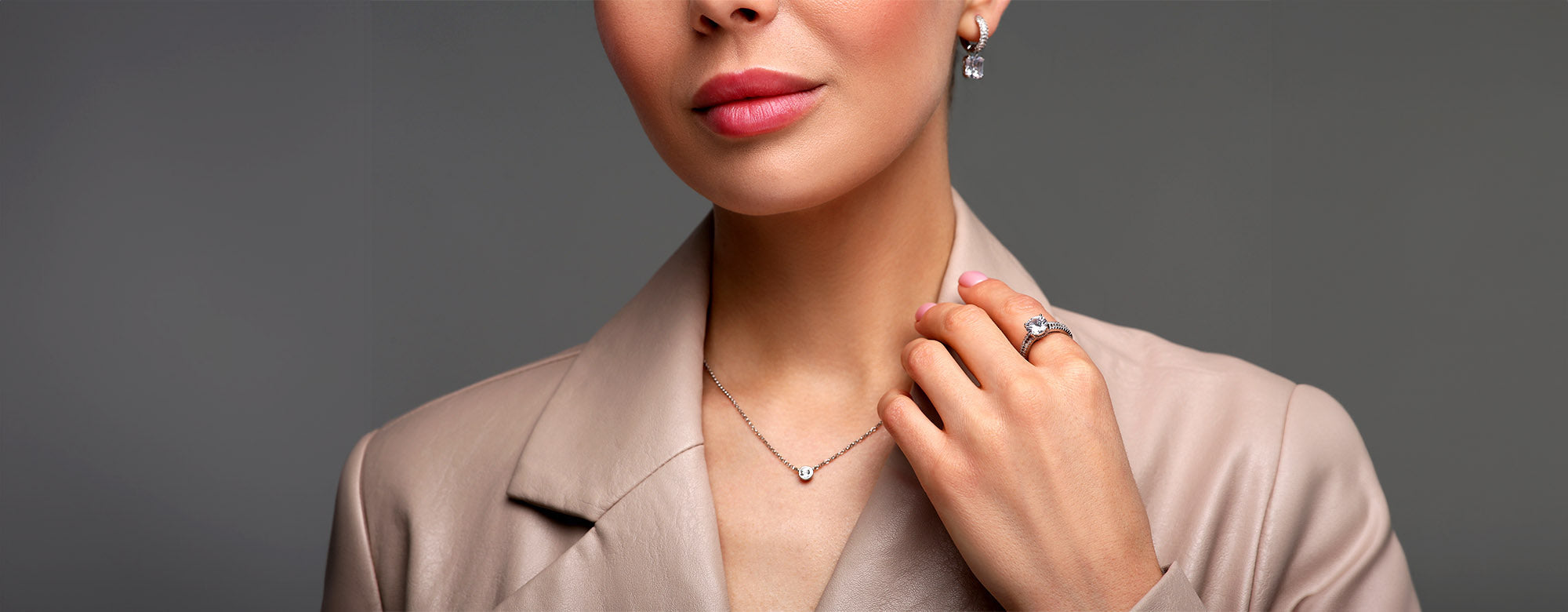
Leave a comment
This site is protected by hCaptcha and the hCaptcha Privacy Policy and Terms of Service apply.